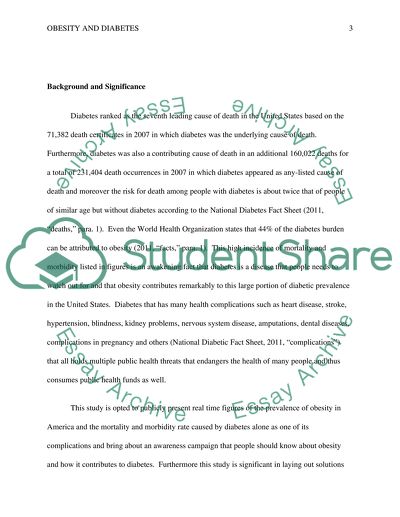Cite this document
(“Obesity and Diabets: An American health care dilemma Essay”, n.d.)
Retrieved from https://studentshare.org/health-sciences-medicine/1442970-love-write-about-the-relationship-between-diabetes
Retrieved from https://studentshare.org/health-sciences-medicine/1442970-love-write-about-the-relationship-between-diabetes
(Obesity and Diabets: An American Health Care Dilemma Essay)
https://studentshare.org/health-sciences-medicine/1442970-love-write-about-the-relationship-between-diabetes.
https://studentshare.org/health-sciences-medicine/1442970-love-write-about-the-relationship-between-diabetes.
“Obesity and Diabets: An American Health Care Dilemma Essay”, n.d. https://studentshare.org/health-sciences-medicine/1442970-love-write-about-the-relationship-between-diabetes.


